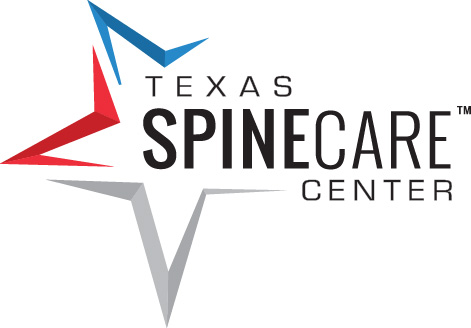Menu
When the outer layer of a spinal disc develops a tear and the inner disc material pushes out, this condition is referred to as a torn disc.


Spinal discs are spongy cushion-like structures between vertebrae, consisting of soft inner material and an outer layer. The condition of a torn disc occurs when the outer layer of the spinal disc tears and the inner material leaks outward into the tear, which can result in slight to complete disc herniation.
While age-related degeneration can be a contributing factor, torn discs are often caused by traumatic injury. Since injury is most often the cause, torn discs typically occur in the neck and lower back as these areas are prone to be most affected. The pain from a torn disc can affect the neck and back, and even radiate through the shoulder, arms, buttocks, and legs.
If you have suffered a traumatic injury, such as a sports-related injury or automobile accident, and you have experienced prolonged pain or worsening pain, see Dr. Bruggeman for an evaluation to determine if a torn disc is causing your pain. Along with localized pain, torn discs can cause numbness, tingling, loss of reflexes in the affected extremities, and muscle cramping and spasm. Patients that experience any of these symptoms, especially if combined, for an extended period of time after a traumatic injury should schedule a consultation at Texas Spine Care Center to get a complete diagnosis and begin to find treatment.
If your pain could be from a torn disc, discussing your symptoms and receiving a diagnosis from Dr. Bruggeman is the best way to plan your path to pain relief. Diagnosis with X-rays and MRI scans can be necessary to determine if the issue is a torn disc or has evolved to a full herniated disc. In most cases, conservative pain management measures, such as physical therapy, medications, or injection therapy may offer temporary relief, but if symptoms continue beyond 6 weeks of conservative methods, minimally invasive surgical options may offer a more long-term solution.
Take the first step toward a pain-free life. Use our online pain evaluation tool to determine what treatment may be right for you.

Copyright All Rights Reserved © 2025 Texas Spinecare Center